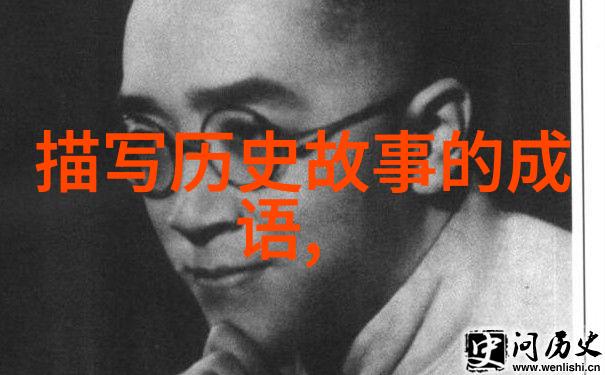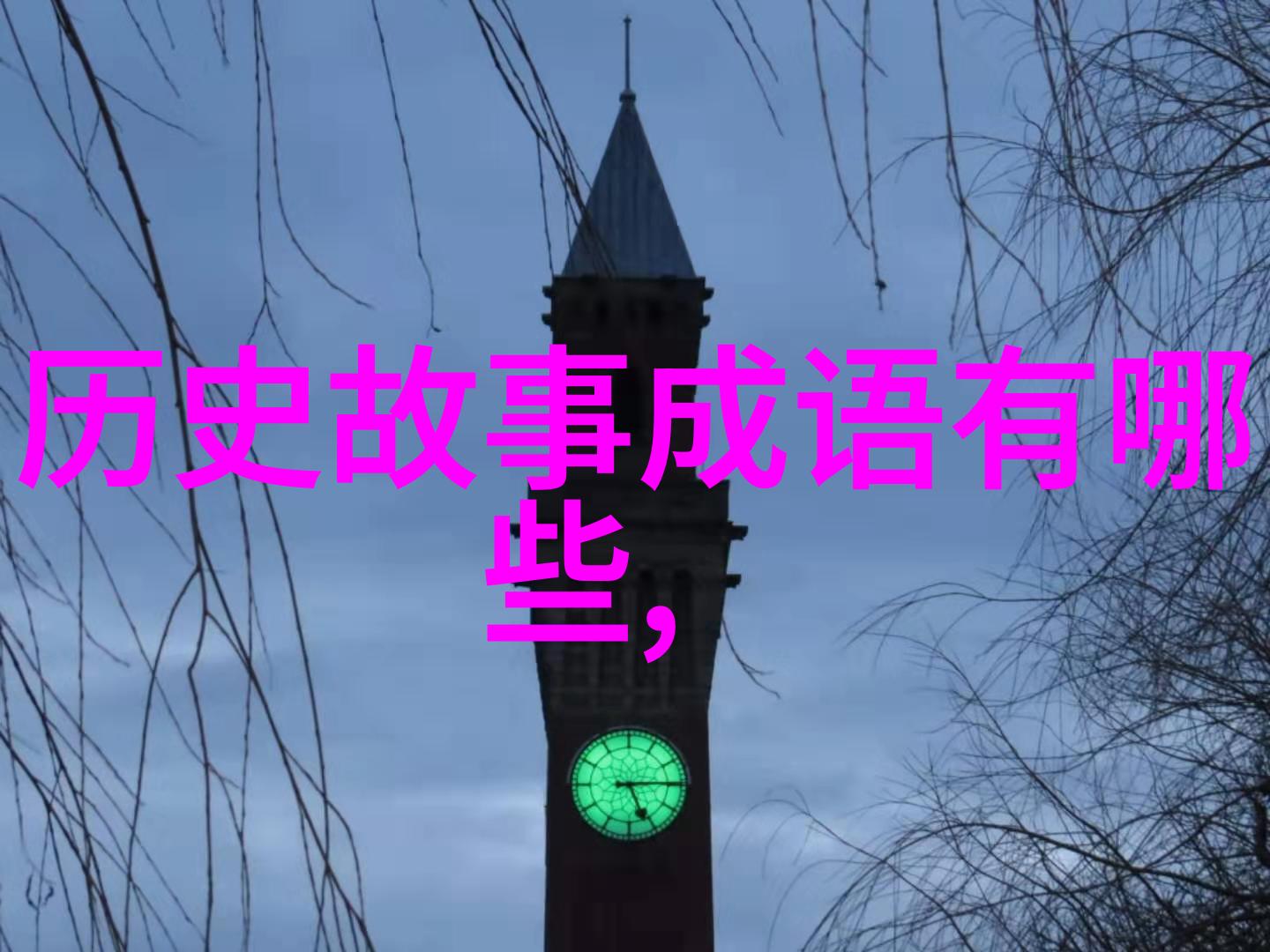1937年是中国近现代史上一个重要的转折点,标志着中日关系从和平共处走向全面战争的转变。日本在这一年对中国实行了更为激进的侵略政策,这背后隐藏着深刻的历史背景、复杂的人物关系以及战略考量。

首先,从历史资料来看,1937年的日本国内外形势均非理想状态。经济危机、政治动荡和社会不稳定使得日本政府面临着严峻挑战。在这种背景下,军部与政府之间关于扩张主义倾向的争论愈发尖锐。军方主张通过武力解决问题,以此来巩固其在国家治理中的影响力,而政府则希望通过谈判等方式缓解国际压力。
其次,人物关系也是理解日本侵华政策的一个重要方面。如同一场戏剧,每个人物都扮演着不可或缺的角色。其中,最关键的是当时的陆相(陆军大臣)荒木贞夫,他是一位强硬派将领,对于扩张主义有很深厚的情感支持。而作为他的对手,但也受限于自身立场和责任感的大藏大臣丰田英二,则试图以财政手段控制军事扩张。他两人的斗争,不仅体现了内阁成员间权力的较量,更反映出整个国家内部矛盾激化的情况。

再者,我们不能忽视地缘政治因素对日本侵华政策产生影响。在当时全球格局下,欧洲列强正在经历第二次世界大战,而美国尚未介入亚洲事务,这给予了日本一定程度上的空间进行区域性扩张。此外,在东亚地区,即便是苏联,也因为自身国内问题而无法有效干预,使得中国成为了他们寻求资源补给与安全保障的一个重要目标。
最后,从战略角度分析,当时的一些重大事件,如“七七事变”,即日军偷袭南京事件,它不仅加剧了双方矛盾,而且使得国际舆论开始关注并谴责 日本行为。这迫使日本不得不调整策略,以维护自己在国际上的合法性,同时继续推进其对中国腹地地区的控制。

综上所述,Japanese invasion of China in 1937 was a complex and multifaceted phenomenon, driven by a combination of domestic political factors, military ambitions, strategic calculations, and international pressures. The historical data available to us provides valuable insights into the motivations and actions of key individuals and groups during this critical period. By examining these factors we can gain a deeper understanding of how Japan's policy towards China evolved over time, leading ultimately to the full-scale war that would last for another eight years.
As we delve deeper into the archives and records from that era, it becomes clear that there is much more to learn about this pivotal moment in history. The story of how Japan came to adopt such an aggressive stance towards China is one filled with intrigue, conflict, and power struggles – both within Japan itself as well as between its leaders and their counterparts on the world stage.

The documents reveal intricate negotiations between government officials; they show rivalries between different factions vying for influence; they expose ideological debates about national identity; they disclose economic anxieties about resources shortages; but most importantly they illustrate how all these factors interwove together to form a grand tapestry of foreign policy decisions made under extreme pressure.
In conclusion it must be noted that while much has been written about Japanese aggression in Asia during World War II ,there remains much more work yet to be done when it comes specifically analyzing Japanese policies toward China from 1936-1941 .This period holds many hidden treasures waiting discovery by scholars interested in studying not only diplomatic relations but also cultural exchanges economic ties military strategies among other aspects involved in shaping modern Asian history .





